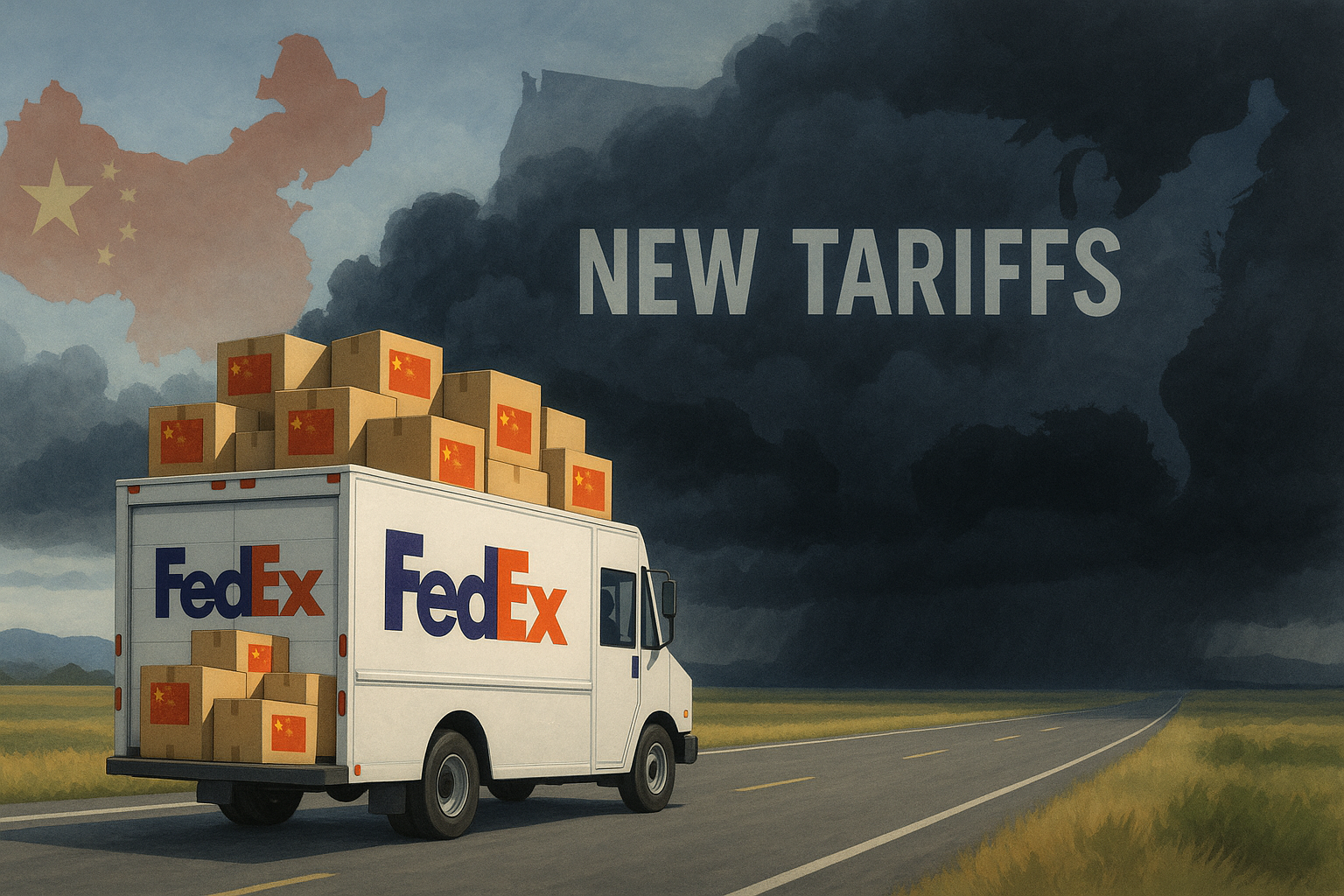In what might become the corporate headache of the quarter, FedEx has sounded the alarm about a looming threat to its bottom line. The culprit? A seemingly mundane adjustment to something called the "de minimis threshold" on international parcels—particularly those flooding in from China.
I've been tracking shipping economics for years, and let me tell you, this is classic Washington. Just when companies optimize their entire business model around one regulatory framework, policymakers decide to rewrite the rules.
The change itself sounds deceptively simple. For years, packages valued under $800 could enter the U.S. without triggering tariffs or extensive customs processing. This little-understood provision has been the secret sauce behind the explosive growth of Chinese e-commerce platforms like Temu and Shein, whose business models practically depend on this regulatory carve-out.
Now the Biden administration wants to lower that threshold. And FedEx executives are sweating.
"This isn't just an administrative tweak," explained one industry analyst I spoke with yesterday. "It's potentially restructuring the economics of an entire shipping category that companies like FedEx have spent billions optimizing for."
The timing couldn't be worse for the shipping giant. FedEx has been in the middle of a massive cost-cutting program—they've branded it "DRIVE," because corporate America cannot resist an acronym—aimed at trimming billions from their operational expenses. Adding tariff complications now is like trying to perform engine maintenance while flying through turbulence.
Look, the fundamental issue here is what I call "regulatory arbitrage whiplash." Companies spend years (and billions) adapting to specific rules, only to watch those rules change overnight. The smart money has always known this day would come, but that doesn't make the adjustment any less painful.
The de minimis provision has a perfectly reasonable origin story. Below a certain value, it simply costs more to process and collect tariffs than the revenue they generate. It's basic administrative efficiency. But what began as a practical shortcut has morphed into—depending on your perspective—either a crucial trade facilitation mechanism or a gaping loophole in America's trade defenses.
FedEx's network is now exquisitely tuned to handle millions of these small-value packages. They've built specialized facilities, developed custom software, and trained thousands of employees specifically for this type of shipping. What happens when the rules suddenly change? Nobody quite knows yet, but "sustained profitability impact" is corporate-speak for "this is gonna hurt."
(And it's not just FedEx feeling the pressure. UPS and the Postal Service are watching this development with equally furrowed brows.)
There's a delicious irony here that I can't help but point out. The very efficiency of these shipping networks—their ability to move millions of small packages across borders with minimal friction—may have accelerated their own regulatory undoing. By making direct-from-China purchasing so effortless for American consumers, they helped create a political problem that demanded a solution.
The coming quarters will reveal just how significant this headwind proves to be. Will FedEx find new efficiencies to offset the increased administrative burden? Will Chinese retailers adjust their pricing or shipping strategies? Or are we witnessing the beginning of the end for the ultra-cheap, direct-from-manufacturer e-commerce model that American consumers have grown to love?
One thing's certain—I wouldn't want to be the FedEx executive preparing for the next earnings call. That's gonna be one uncomfortable conversation.
